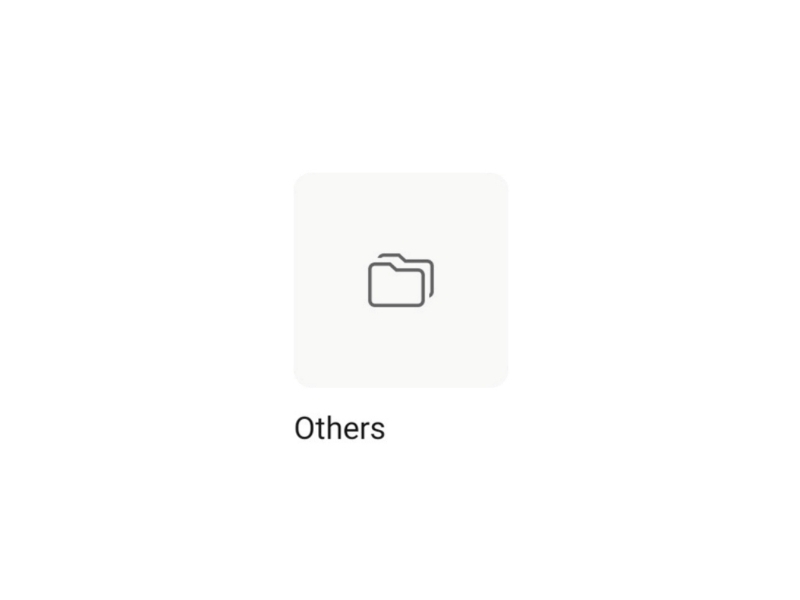OPEN CALL FOR PARTICIPATION IN A GROUP EXHIBITION IN ARTGET GALLERY

OPEN CALL FOR PARTICIPATION IN A GROUP EXHIBITION IN ARTGET GALLERY
The Case of Poor Images
The application period is from 16 February to 10 March 2022
The works will be presented at a group exhibition, the first in the season of the new artistic director Mia Ćuk, at the Artget Gallery, Culture centre of Belgrade, in the period 14.4-19.5.2022
In this light, perhaps one has to redefine the value of the image, or, more precisely, to create a new perspective for it. Apart from resolution and exchange value, one might imagine another form of value defined by velocity, intensity, and spread. Poor images are poor because they are heavily compressed and travel quickly. They lose matter and gain speed. But they also express a condition of dematerialization, shared not only with the legacy of conceptual art but above all with contemporary modes of semiotic production. (Hito Steyerl, In Defence of the Poor Image, https://www.e-flux.com/journal/10/61362/in-defense-of-the-poor-image/)
More than a decade has passed since the publication of the seminal essay “In Defense of the Poor Image” (2009) by the artist and media theorist Hito Stayerl on E-flux platform. “Poor images” have become our ubiquitous reality, with a culture of rapid visual communication, memes, gifs, screenshots, images of radically reduced quality, archives of found and carelessly digitised photographs, rasterized, stretched, recontextualized representations with confiscated meaning. Poor images are worthy of our attention in the least because in their weakness, transience and porosity they belong to the visual anthropology of our increasingly elusive and estranged everyday life. Without pretension of being something more, poor images testify to our impatience or inhibition, our isolation or hyper-presence, they point to complex socio-political relations in which we imperceptibly slip by placing them in the space of communication. Poor images are social abstractions, reflections of collective trembling, footnotes to various fixations, but also products of democratisation of the digital space, tokens of common good. They resist the puritan culture of high resolution and high capitalism, their properties defy the imperatives of clear readability and lucrative investment in the view. They reintroduce the notion of dust into the digital space, flirting with the noise of the real world. They are the real world. It is a world at once impoverished and oversaturated by images.
Here we come across vibrating images, perverted, reduced, enlarged or multiplied beyond recognition, esoteric, reshaped, poeticized, truncated. Dangerous. Images-texts and texts-images. Accidental visuals created as by-products of sudden loss of attention or fallouts from research processes in other media. Images that hesitate or are in search of their own signifier, which are in semiological doubt. Image-cases.
There are collectors of poor images, there are autodidacts who create them, the audience that consumes and participates in their imagination, a whole universe of the visual underworld that is actually on the surface. Why is it impossible not to look at bad images? Why are we over again fascinated by their speculation rather than visual eloquence of high-definition representations?
In addition to understanding the moment in which poor images shape our relationship to intimate and (or) socio-political reality, we are also interested in the ways they can be transformed into tangible manifestations, where does our experience of the material world begins and where it ends?
The exhibition aims to examine post-internet image-based reality, as well as to critically redefine the place of photography in new configurations of producing visual experiences based on communication, connectivity and content circulation.
Application procedure
The open call is aimed at works that resonate with the invitation text whose authors can be creators, collectors or thieves of poor images (individuals or groups), as well as those who question their meaning through various forms (photos, videos, presentations, screenshots, curated profiles on social networks, archives, critical texts, hybrid platforms, anything that is in touch with the topic and can be displayed, exhibited or performed in a gallery space).
The application should contain:
- Visual material – photos or videos (in .jpg, .png, .gif. .mp4, .wav and other formats) or a link to the platform on which the work can be found (if the web platform is an integral part of the work). If the size of the application exceeds 25 MB please send it via Wetransfer service or MyAirBridge.com
- Description of the piece
- Short narrative biography
- Critical texts or essays should be sent as a pdf documents.
Applications should be sent to address: hellopoorimage@gmail.com
Since the budget of the exhibition does not include printing of materials, if the work has already been produced (photographs, objects, author’s books, etc.) it can be sent by post mail or brought directly to the Artget Gallery during working hours, Monday to Saturday from 12:00 to 20:00. no later than March 10, 2022. Accompanying documentation should be sent by e-mail with photographs of the work.
Address: Artget Gallery, Cultural Center of Belgrade, Kneza Mihaila 6 / I, 11000 Belgrade, Serbia
The authors will be informed about the selector’s decisions by March 20, 2022.
Note: we kindly ask the authors sending original art works to the Gallery to pay attention to the way of packing and sending the works, the Cultural Centre of Belgrade does not take responsibility for any potential damage. After the end of the exhibition, the physical works are taken over exclusively in person.
For additional questions or information write to hellopoorimage@gmail.com